 The “Red City,” as Marrakech is known, is bursting with all the delights of a Moroccan metropolis. A visit here can be understandably overwhelming. While days, weeks and even years can be spent immersing yourself in the city’s charms (an estimated 10, 000 Europeans have retired here), here is a guide to the best the city has to offer.
The “Red City,” as Marrakech is known, is bursting with all the delights of a Moroccan metropolis. A visit here can be understandably overwhelming. While days, weeks and even years can be spent immersing yourself in the city’s charms (an estimated 10, 000 Europeans have retired here), here is a guide to the best the city has to offer.
If you see only one thing in Marrakech, let it be Djemma el Fna square. In the shadow of Koutoubia Mosque, the square is the pulsing center of the old medina. With its circus of performers by day and food stalls by night, the chaotic energy is as tangible in the air as the smell of cinnamon tea and lamb tajine. And though it seems like a spectacle designed only to separate tourists from their dirham, its cultural significance has merited a UNESCO designation as a “Masterpiece of the Oral and Intangible Heritage of Humanity”. Watch how the shades of humanity change from the morning orange juice vendors to the afternoon snake charmers, water sellers, dancing Berber boys and chained Barbary apes. By evening it morphs into the busiest such square in all of Africa. The sights and sounds, the tastes and smells—indulge them all, and even if you only have a day, you will have truly known the bustling heart of Marrakech.
North of the square is the labyrinth of souks, the largest in Morocco. The key to exploring the maze is to accept that getting lost is part of the experience. It is worth checking the prices, variety and quality of items at several shops before deciding which of the wares you want to take home. Vigorous bargaining is expected; it is seen as an insult otherwise. Despite the throngs of tourists, most shopkeepers are hospitable and curious, especially deeper into the market you venture. It is not uncommon, while haggling for a camel leather pouf, a silver tea set, a carpet or a spare suitcase to take it all home in, for the vendor to motion you to sit as he pours a cup of sweet mint tea. This is especially true in the less touristy souks, such as those run by the carpenters, copper and brass smiths and potters.
Although the tourist trade is a booming industry, with more than one million Moroccans living here, the Marrakech experience remains true to its roots as an imperial city at the crossroad of cultures. Marrakech has a wealth of museums, fascinating historical sites and quiet gardens offering a change of pace from the frenetic streets. The grounds of the Koutoubia Mosque are open to the public, and the Palais Dar Si Said (Museum of Moroccan Arts) is a palace and garden in one. The Majorelle Garden and Islamic Art Museum is a quiet respite in the modern part of the city and offers an interesting contrast to a stroll along the medina ramparts with a view—and whiff—of the tanneries.
Also not to be missed: El Bahia Palace (former residence of the royal harem), the pristinely preserved Saadian tombs, the majestic El Badi Palace and Ali ben Youssef Medersa and Mosque. The madrasa admission can be combined with the Museum of Marrakech and Koubba el Badiyin nearby. If you are further museum-inclined, the Maison Tishiwin, Bert Flint and Maison de la Photographie are all worth a visit.
Written by Erin Tolman.
Photo by fabiogis50 CENSORED !!!!!!!!!!

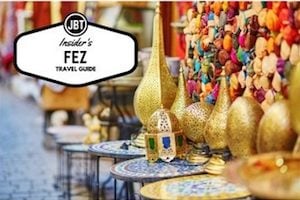
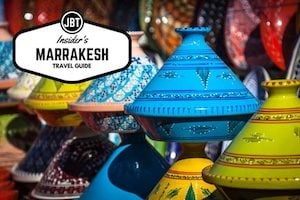
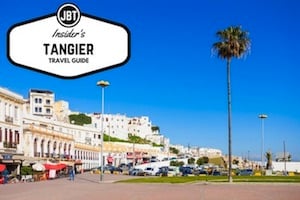



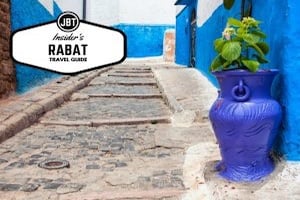
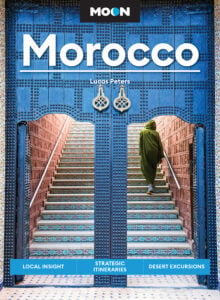
my dad lived in maroc, ive been there many a times and marrakech is our favourite place to go!